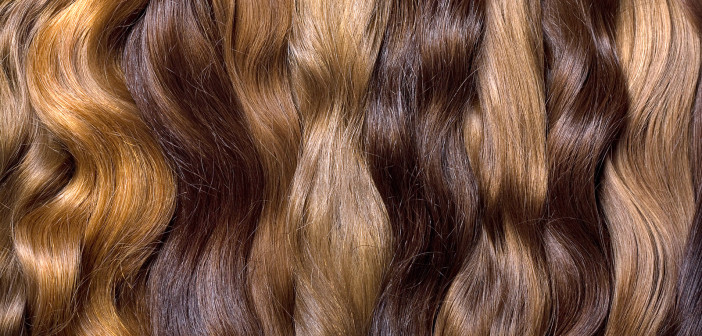One of the hottest recent hairstyle trends is the appearance of thick, voluminous, lengthy locks. Most women do not have both the fullness and the length to achieve the glamorous Hollywood hair that can be seen on television and in magazines. As a result many women turn to extensions to help them get the style and versatility they desire.
The Sky Is the Limit
Most people are unaware of the different styles that can be created by using hair extensions. The most common reason for adding hair extensions is to make hair look longer and fuller. However, clients who would like to change their hair color without chemically altering their hair may do so with hair extensions, and even women who would like to wear a shorter hairstyle may do so without actually cutting their hair. Some women choose to use hair extensions as a means of protecting their natural hair from excessive heat styling and the elements.
Hair Weaving Techniques
There are many different ways to add extensions to the natural hair. Extension wearers who desire a great deal of flexibility can simply purchase clip-in extensions that can be secured by parting the hair horizontally and clipping the extensions to the roots. Clip-in hair pieces can also be made at home by sewing purchasing hair that is sewn to a weft at a hair and beauty supply store and then sewing the clips onto the weft. A longer term solution for attaching extensions to the hair is the sewing method. In this case, a stylist usually braids the hair to the scalp in a cornrow style before sewing the extensions to the braids. The wearer may choose to have the stylist leave the front portion of the natural hair unbraided and blend it with the extension hair, or the stylist may braid all of the natural hair and secure extensions to the full head. Extension hair can also be attached to the natural hair by using the strand-by-strand method through which small sections of extension hair are attached to sections of the client’s natural hair using shrink tubing, clamping, or micro tubes. Gluing weft hair directly into the natural hair at the root is another method that has largely become obsolete and may be the most damaging method.
Taking Care of Extensions
Women who are new to the world of extensions should consult a professional. According to Wigsdepot.com, determining the attachment technique will “largely depend on the individual characteristics of the client’s hair including overall health and thickness. Lifestyle is also an important factor when determining the best technique and even in deciding on the length, thickness, and style.” After the client’s extensions have been completed, the next important task will be to take care of the newly added hair after going home from the salon. The key to caring for hair extensions is to treat it as if it is hair that is growing naturally from the scalp. Sleeping with a silk bonnet or pillowcase will help prevent breakage and dryness. Rubbing a few drops of natural oil into the hair and brushing regularly will also help keep the hair moisturized and avoid tangles and matting. It is important that extension hair is not worn too tight as doing so may cause damage to the natural hair. Using high quality hair will help the style last longer, and the highest quality human hair can even be reused for future styles.
Wearing extensions can dramatically change the appearance of the hair while also looking natural and discrete. Whether a woman wants to frequently change her style while protecting her natural hair or simply make subtle changes to the way she typically wears her hair, there are several different techniques that are suited for a variety of different style objectives, hair types, and budgets.




